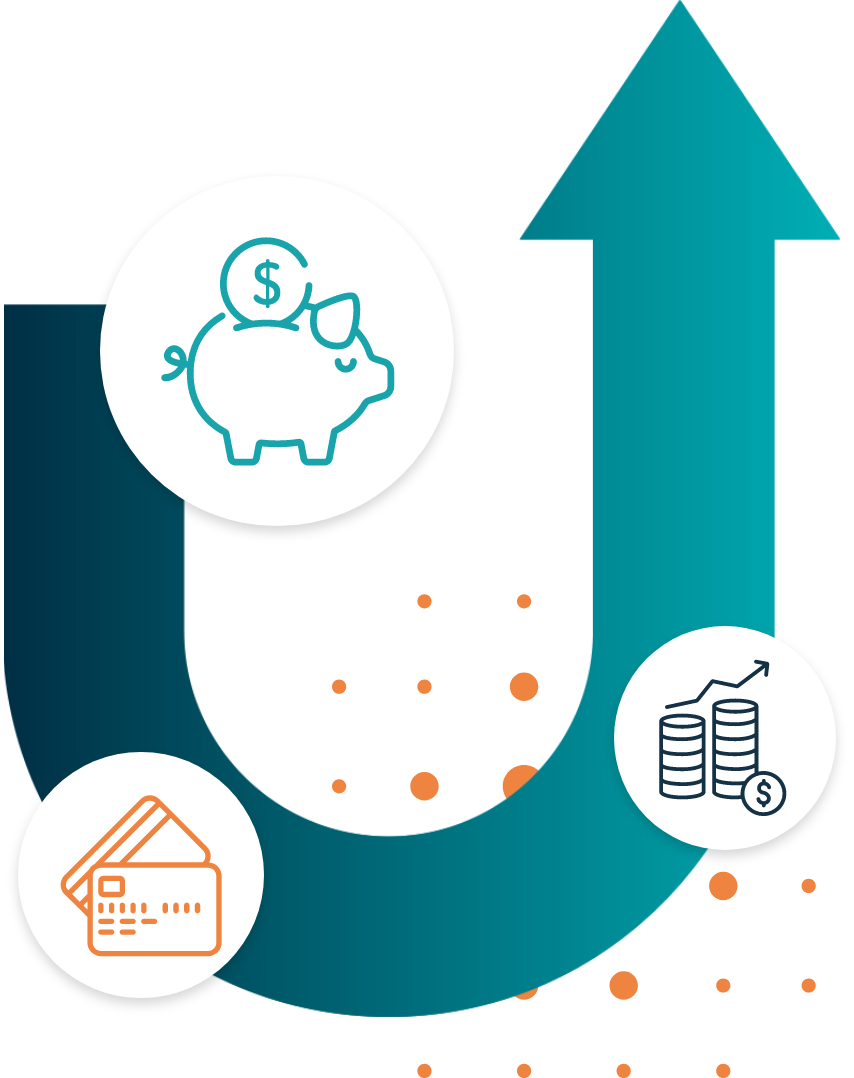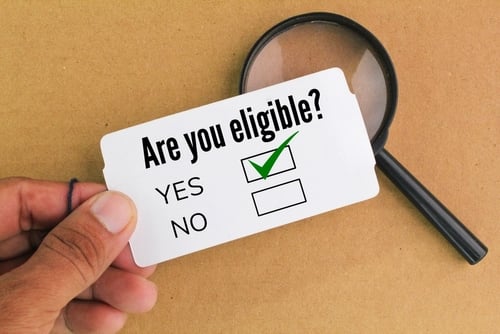Revolving Line of Credit
What is a revolving line of credit?
A revolving line of credit broadly refers to a predetermined amount of available credit that is extended to an individual, small business, or corporation by a bank or merchant. The nature of a revolving line of credit implies that as the debt is periodically repaid, it can once again be borrowed up to its previously established credit limit.
One of the more common examples of a revolving credit line is an unsecured credit card, though there are several other forms of revolving credit lines. Let’s take a look at how revolving lines of credit work.

How Does a Revolving Line of Credit Work?
With a revolving credit line, a lending institution grants a maximum credit line to an individual borrower who can utilize the revolving credit line for purchases and ongoing expenses, as well as for other purposes, such as overdraft protection. In the case of a small business, a revolving credit line can be useful for capital expansion or simply as a timely infusion for general working capital purposes.
In both instances, interest expense accrues and gets capitalized into the total obligation owed by the borrower. However, with regular consistent payments, not only can interest expense be mitigated, but it is also the case that a lender will often extend the amount of the revolving credit line as a track record of repayment is established.
Regardless, in all cases, the nature of a revolving credit line allows the debtor to borrow up to the amount of the credit limit as regular repayments are made, and the revolving credit line may be used repeatedly, provided that the maximum credit line is not exceeded.
ABC

Revolving Lines of Credit Allow for Flexibility
In the case of traditional loans such as home mortgages, auto loans, or student loans, funds granted are earmarked for specific purposes. For example, it’s not permissible to take money granted from an auto loan and utilize it for general home repairs.
These types of traditional loans also come with a defined repayment schedule involving a fixed or predictable monthly payment that is to be paid in full over a specified period of years. With a traditional loan, funds are disbursed up front – the borrower does not have any discretion as to when he may choose to receive any incremental amounts of borrowings.
However, revolving lines of credit work differently than traditional loans and offer greater flexibility in terms of timing and use of funds. A revolving line of credit actually represents an ability to access funds at a future date to be chosen by the borrower, who also enjoys far greater flexibility in determining how to allocate the funds as compared to those received through a traditional loan.
Simply put, money borrowed from a revolving credit line does not come with restrictions as to how it may be deployed – the borrower maintains complete flexibility as to how funds may be spent. Repayment becomes a function of the amount owed on the revolving credit line, with minimum monthly payments calculated once any borrowing has begun.
Advantages of Revolving Lines of Credit
For small businesses, revolving lines of credit usually offer more competitive interest rates than unsecured business credit cards. Meantime, revolving lines of credit can be more convenient and cost-effective than term loans, which require a lump sum payment to be made at the end of the term, and more useful than typical business loans, which do not allow for repeated borrowings after payments have been made, as is the case with revolving credit lines.
Additionally, the importance of having borrowings available when needed – whether due to unforeseen expenses, delinquent customers, equipment expansions or inventory pressures – makes revolving credit lines particularly appealing to small business owners.

Are you in debt? we can help
Get Debt Relief
Speak with licensed debt specialists dedicated to guiding you toward financial stability every step of the way.

Ready To Get Started?
See if you qualify for debt relief. Get a Free savings estimate to see how quickly you can be debt free.
Embrace financial freedom with our tailored solutions, expert guidance, and unwavering commitment to your success.
Experienced Professionals
Our experienced team has helped thousands of clients successfully eliminate debt and regain financial freedom.
Customized Solutions
We know every financial situation is different, so we design personalized debt relief plans to fit your specific needs and goals.
High Success Rate
Our proven debt relief strategies deliver real results. With a strong track record of success, we help clients achieve lasting financial stability.
Confidential Consultation
Your privacy is our priority. All debt relief consultations are 100% confidential and handled with the highest level of discretion.
Explore other blogs











